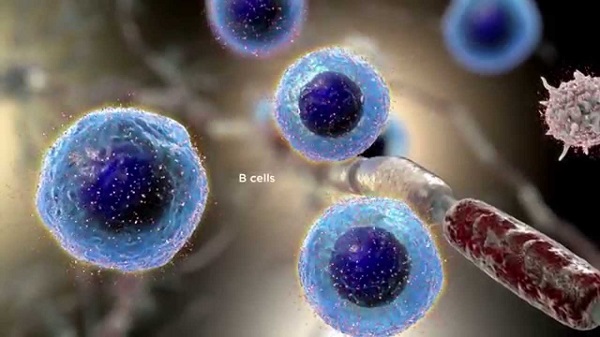By James Morales, | January 25, 2017

Harnessing the microRNA-17 could lead to a cure for Lupus. (YouTube)
Lupus, an autoimmune disease, is often misdiagnosed because its symptoms mimic other illnesses. A Taiwan-US research team has, however, found a potential solution to lupus.
Lupus is a sickness that could affect organs like the brain, kidney, heart, joints, and skin. It is common in African-Americans, Asians, and Hispanic. It affects women tenfold compared to men.
Like Us on Facebook
According to the American College of Rheumatology, Systemic Lupus Erythematous (or simply lupus) is a condition where the immune system attacks healthy tissues. It is an autoimmune disease which causes inflammation of other diseases.
There are certain factors why lupus happens. Hormonal, heredity, gender or environmental factors could result in the sickness. Severe fatigue, hair loss, mouth sores, fever, photosensitivity, rashes painful joints, and swollen lymph nodes are among the common symptoms of lupus.
A Taiwan-US research team found that harnessing the RNA molecule can repress regulatory T cells. This could lead to finding a potential solution for autoimmune diseases like lupus.
According to nephrologist Yang Huang-yu from Linkou Chang Gung Memorial Hospital, T cells can be controlled to prevent the immune system from being overly active in fighting invading pathogens. The hyperactivity of the autoimmune system can also damage healthy cells in the body.
In a previous study, it was found that the inflammatory cytokine interleukin-6 can make T cells disoriented whenever an infection happens. This leads to the attack on healthy cells.
In collaboration of Chang Gung with John Hopkins University School of Medicine, the researchers found that harnessing the microRNA-17 can help restore the balance in the immune system. The IL-6 represses the T cells through the miR-17, thus removing it is the potential solution.
Currently, the experiment has been started with animals. A period of five to ten years may be needed before a drug-based solution can be developed to finally cure lupus in humans.
-
Use of Coronavirus Pandemic Drones Raises Privacy Concerns: Drones Spread Fear, Local Officials Say

-
Coronavirus Hampers The Delivery Of Lockheed Martin F-35 Stealth Fighters For 2020

-
Instagram Speeds Up Plans to Add Account Memorialization Feature Due to COVID-19 Deaths

-
NASA: Perseverance Plans to Bring 'Mars Rock' to Earth in 2031

-
600 Dead And 3,000 In The Hospital as Iranians Believed Drinking High-Concentrations of Alcohol Can Cure The Coronavirus

-
600 Dead And 3,000 In The Hospital as Iranians Believed Drinking High-Concentrations of Alcohol Can Cure The Coronavirus

-
COVID-19: Doctors, Nurses Use Virtual Reality to Learn New Skills in Treating Coronavirus Patients







